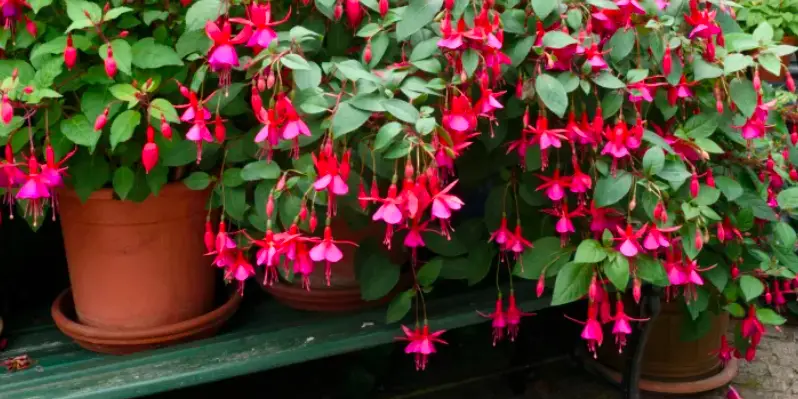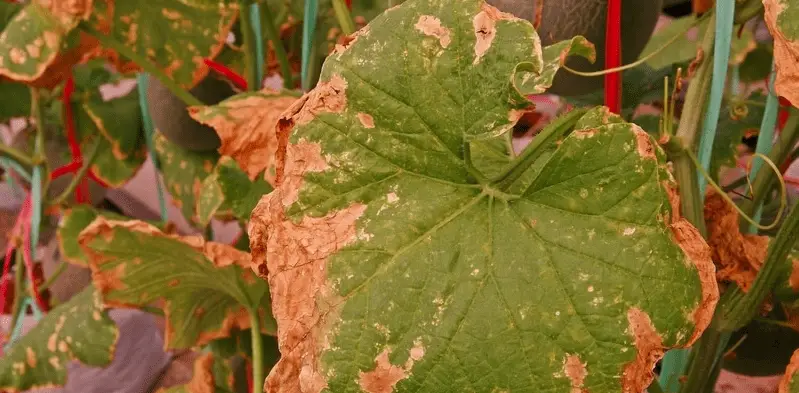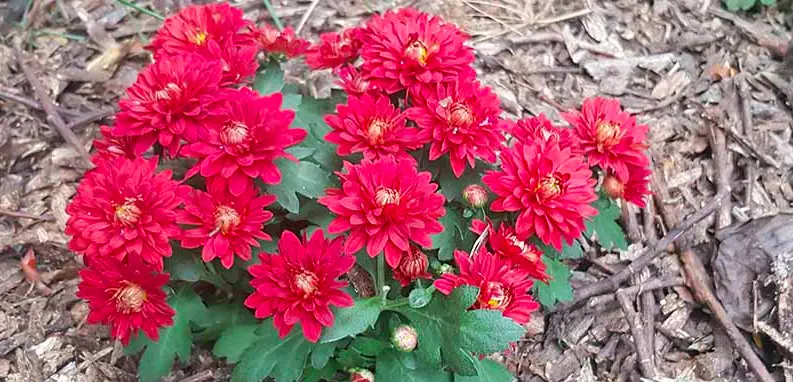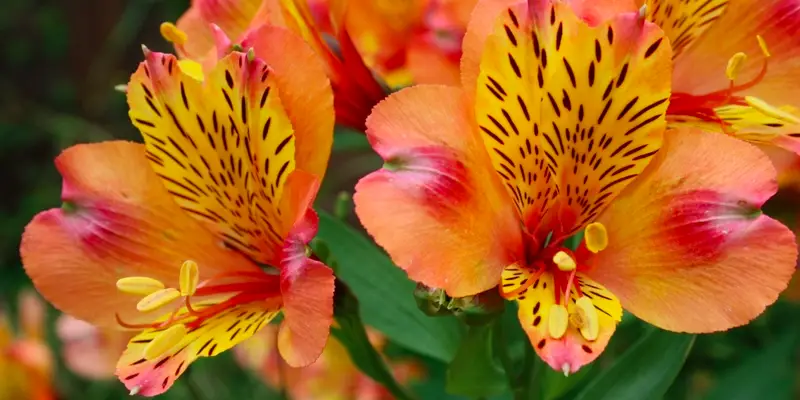Orchids are beautiful flowers that bring joy to most people who grow them. However, there can sometimes be a problem with the leaves of the orchid plant. They may start to have holes in them and will not look as nice as they once did. This post is going to discuss why this happens and how you can fix it when it does happen!
Why Are There Holes In My Orchid Leaves?
The main reason why there are holes in your orchid is that pests are feeding on your plant. These pests can include snails, worms, mites, aphids, thrips, or mealy bites.
The most insidious part of a pest problem is that they are often hard to spot. Pests will usually only reveal themselves when the holes have already formed!
It is possible that your orchid has developed a form of fungal infection in the leaves called leaf-spot, leading to brown spots on them and yellowing at their edges. These brown spots soon turn into holes.
How To Prevent Holes in Orchid Leaves?
There are many ways that you can take care of the pests and fix your problem. For example, if snails are feeding on your plant, then you can place a copper barrier around it to discourage them from coming onto the leaves anymore.
If there is a mealybug, you might want to try using insecticidal soap or fungicide, like neem oil (Amazon link). In fact, neem oil is my best recommendation when it comes to dealing with holes in plants.
In the case of a fungal infection, it’s important to act immediately. Start by removing any leaves that can’t be saved, and then apply some fungicide to the plant. Again, neem oil is the answer here. I like to spray all plants in my house because there’s a chance that the fungal infection spreads to the other plants.
How To Keep the Plant Healthy?
If you want to keep your orchid healthy, then there are a few things that you should do. You need to place the plant in an area where it will receive at least 12 hours of sunlight every day and water it regularly, but not so the soil gets waterlogged. Here are my top care tips:
Location: Place in a location that provides at least 12 hours of sunlight each day
Water: Keep the soil just moist, but not wet or waterlogged.
Temperature and humidity: The ideal temperature is between 65 and 75 degrees Fahrenheit. The humidity should be 60 to 70%.
Soil: Use a potting mix that is rich in organics.
Fertilizing: Fertilize the plant with fertilizer that is high in phosphorus once a week.
Cleaning: Clean the leaves with a clean cloth or sponge.
Lighting: The best light source is natural sunlight, but you can also use artificial lights if there isn’t enough sun.
Pests and diseases: If you see signs of a pest or disease, take action immediately.
Conclusion
In conclusion, there are many reasons why your orchid leaves might start to have holes in them. The most common reason is that the plant has a pest infestation and you should take care of it ASAP!
Tim is an avid gardener from the UK. He was the founder of PlantCarer.com from 2021 to Sep 2023. He sold PlantCarer.com to Aaron. He has since started his own business called Seed To Supper, which provides new gardeners all the materials you need in a box (pots, seeds, compost and instructions) to grow your own delicious and nutritious vegetables and herbs from start to finish – no garden required.









0 Comments